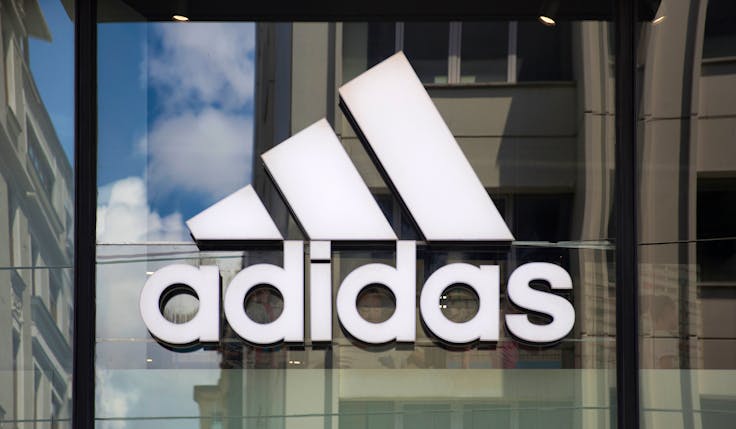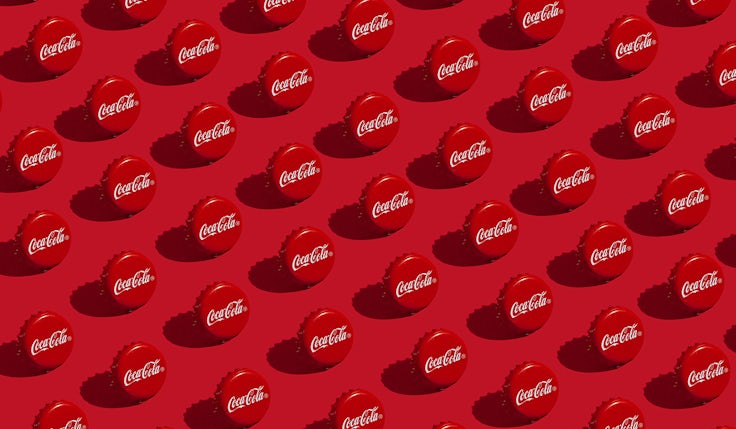Sports shoe firms toe the fashion line
As the battle rages for market share in the trainer market, fashion fights performance
SBHD: As the battle rages for market share in the trainer market, fashion fights performance
When a company with a declining market share, under intense pressure from its closest rivals and looking a sad fourth in the market sacks its top marketers, it could be explained on the grounds that they carried the can for failure.
But when the trio had only been at the sports shoe manufacturer Hi-Tec Sports since November, the move seems a little harsh. Charles Kirchner, Janine Hawkins and Simon Curry moved to the firm en masse from Rothmans with a brief to develop a long-term strategic marketing plan.
Those plans seem now to have been dumped in favour of short-term measures. The company has paid a penalty for building its range on the white trainer market, which is in relative decline compared with other sectors. It is now cutting the number of lines it produces as a result of growing competition from US giants Nike and Reebok.
The company, the largest indigenous UK sports footwear manufacturer, saw its domestic market share fall from 14 per cent in 1990 (£111m) to nine per cent (£80m) in just four years. While the value of US rivals market shares rose by between 39 per cent and 26 per cent.
Hi-Tec has faced stiff competition from Nike and Reebok in the UK, and was badly damaged by the heavy discounting the two majors sparked off in 1992. Like other sports footwear marketers, Hi-Tec finds itself involved in walking a tightrope between fashion and sports performance.
The market is also experiencing rapid segmentation. The relative decline in white trainers is being replaced by the “brown” sector – walking and hiking boots – and Hi-Tec sees activity in this growth area as its route to recovery. Those with the best balance and the flexibility to exploit the segmentation will survive.
“Fashion follows function,” says Peter Reynolds, who is working on the UK launch of the Aero sports shoe. “Nike became fashionable because it proved it was functional.”
Reynolds points to two brands which have put fashion before function with big marketing campaigns and have “tripped up”. These are British Knights and LA Gear, which have “spent a lot of money on marketing which has not been matched by sales”. But LA Gear says more than half of UK trainer sales are for leisure only. Marketing manager Sara Borland says LA Gear’s campaign at the end of last year helped increase sales of its children’s trainers by 75 per cent.
While the fashion side yields higher margins, the fickle nature of youth trends means shares can shift fast. Many manufacturers were caught on the hop at the end of the Eighties by a shift from sports shoes as fashion accessory to authentic sportswear.
Bob Sheard, marketing manager of Converse, which has thrived on sales of its Retro basketball boot, says: “The sports retailers share the same costs as fashion retailers, but operate on lower margins. So the retail profile has moved from performance to a cross-over with sports fashionwear.”
Mike Perry of Nike’s UK ad agency Simons Palmer Denton Clemmow & Johnson agrees that the fashion end of the market fuelled late Eighties’ growth.
The company has poured money into innovation and developing new sectors – investing in segmentation.
Nike is vying with Reebok for market leadership, with 17 per cent against Reebok’s 18 per cent. But Nike has the advantage of being able to charge a 20 per cent premium to its branded rivals, and up to 50 per cent more than retailer own-brands.
All the manufacturers claim the high ground of “performance” for their products. They say their trainers have the heritage and authority to carry them across shifting trends. But some observers see dangers for manufacturers which are cashing in on the “retro” market, the trend towards wearing sports shoes of the early Seventies.
One says the resurgence of brands such as Adidas, which overtook Hi-Tec in the UK last year, and Puma, on the back of Seventies chic, could be short-lived, leaving those companies high and dry when trends change.
However, Adidas head of marketing Barry Hunter says the brand’s strength is based on its heritage and credibility. He accepts that there are rapid shifts in market shares, and claims Adidas has added five percentage points over the past year which would give it a market share of the sort it has not experienced since the Seventies.
The tarnished images of many of the sports heroes employed to sell sports shoes has fuelled the nostalgia-drive. But whether Adidas and Puma are able to re-establish their brands in the long term will depend on their ability to communicate glamour and technical strengths.
Nike and Reebok may see their market shares decline in the short term, but the investment they have made in the UK should assure their positions as leaders. For Hi-Tec, which has sacrificed its strategic approach for what appears to be a short-term campaign, the outcome could be very different.



